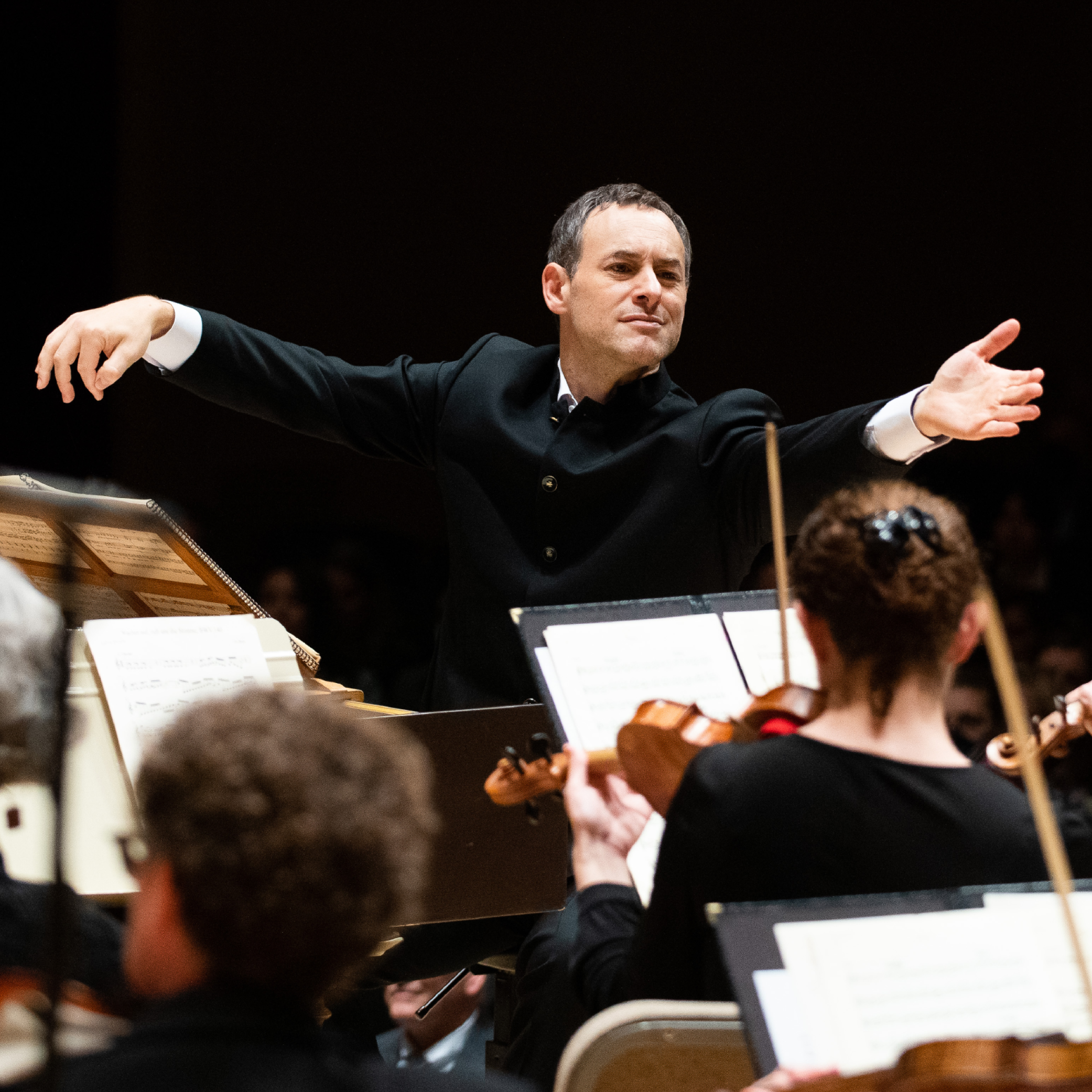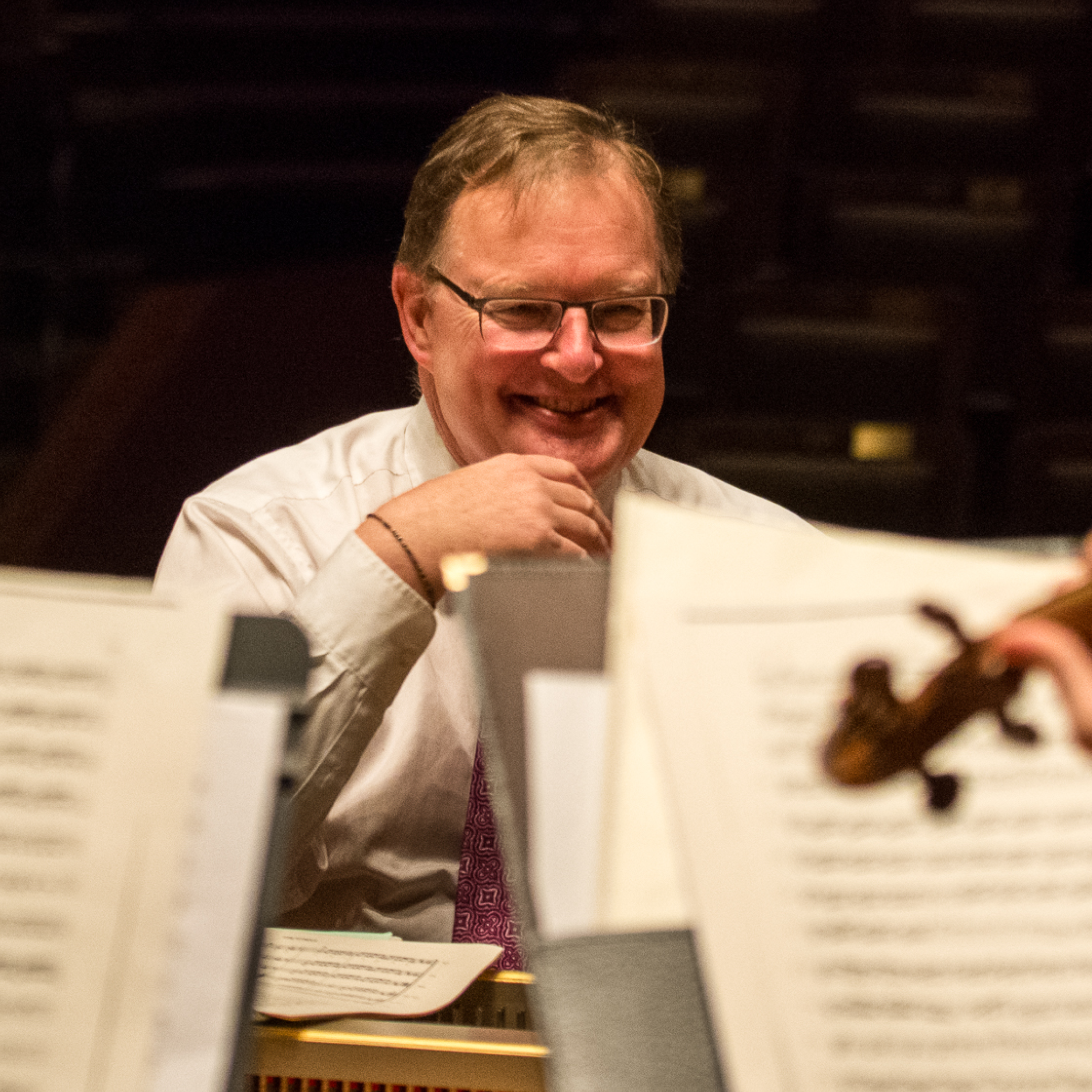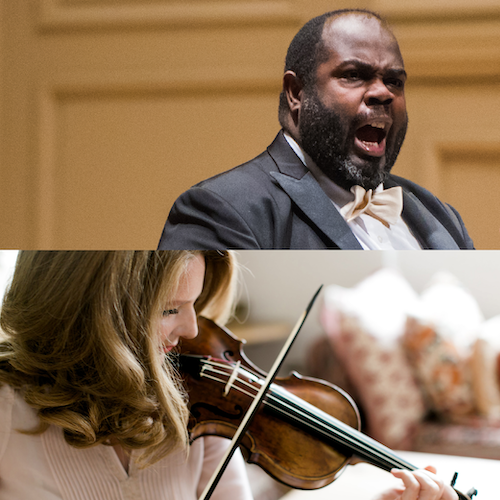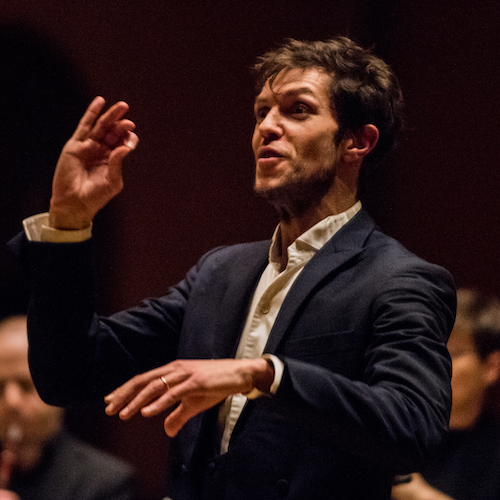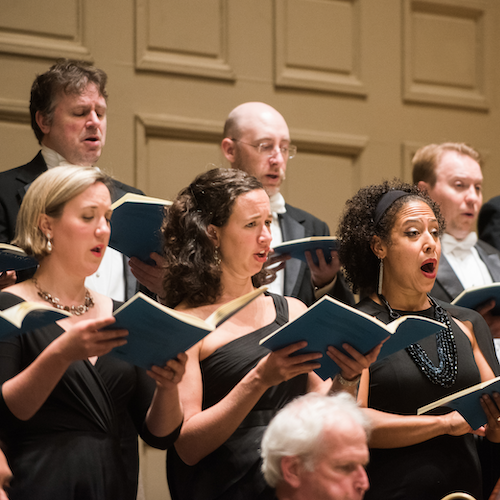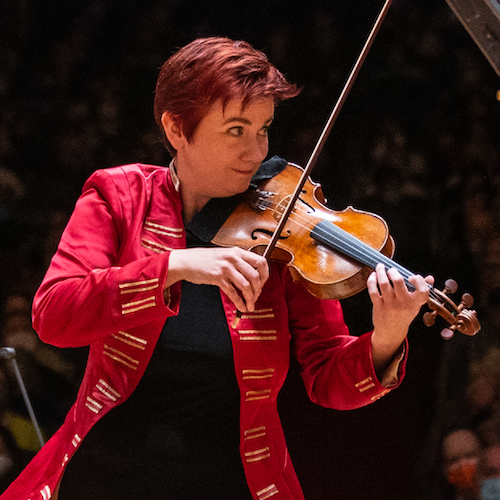
Enhanced Program Notes:
BEETHOVEN BIRTHDAY CELEBRATION

Portrait of Ludwig van Beethoven by Christian Horneman, 1803. Beethovenhaus Bonn.

Portrait of Karl Alois, Prince Lichnowsky by Leinwand von Goedel, 1800. Goedel Museum, Troppau, Czech Republic.
"WHAT MORE DO I WANT?"
These words, written by Ludwig van Beethoven to his brother in 1796, sum up the composer’s satisfaction with his burgeoning career. Four years earlier, Beethoven had left Bonn so that he could to study with Joseph Haydn in Vienna. While those lessons were not the best experience for either student or teacher, establishing his reputation in the imperial city was of inestimable value. Beethoven’s skill as a pianist and improviser quickly won him opportunities to perform in the private homes of the aristocracy. He was not the only virtuoso in Vienna, however, and the competition was a part of Beethoven’s thinking early on in his career. Writing to a friend in Bonn, he recounted how other pianists would “note down several peculiarities of my style and palm them off with pride as their own.”
Those idiosyncrasies can be heard throughout the music on today’s concert, including the central section of the Rondo in C major, Op. 51, No. 1, which sounds turbulent against the backdrop of the simplicity of the elegant and balanced rondo theme. Equally Beethovenian is the improvisatory feeling conveyed in the Rondo in G major, Op. 51, No. 2.
Beethoven’s Quintet for Piano and Winds in E-flat Major, Op. 16 is thought to be modeled on Mozart’s K. 452; written in the same key, it uses the same instrumentation and, in the slow movement, may allude to the aria “Batti, batti” from Mozart’s opera Don Giovanni. Composed in 1796, the first movement opens with a slow introduction which gives way to a spirited Allegro. Even though there are moments when the piano is the focal point, Beethoven uses it as a canvas on which to highlight individual wind instruments as well as instrumental combinations.
This texture is even more prominent in the second movement, in which the piano alone introduces the main theme before solo passages for the winds, especially the French horn, are accompanied by ever-changing piano figurations.
The simple and memorable theme of the third movement, Rondo, cannot divert our attention away from the technical demands of the movement, all the more impressive because it is cast in such a light-hearted mood.
Beethoven transcribed this piece for piano and string quartet, publishing the two versions as Op. 16 in 1801. Due to its popularity, the publisher Artaria issued an unauthorized string quartet version of this piece, as Op. 75.
Beethoven again declares the piano an equal partner to the other instruments—in this case the strings—from the start of the Piano Trio in C minor, Op. 1, No. 3 by giving it the main themes of the first two movements.
With the second movement, Beethoven’s imagination seems unlimited as each of the five variations and the coda present the violin, cello, and piano in distinct combinations.
The off-beat accents of the Menuetto
and the sweeping piano runs in the Trio keep this dance movement moving forward, while the Finale is a tour de force of expression and technical ability.
It may have been this final movement that concerned Haydn when he heard the Piano Trio in C minor; he felt the piece would not be well-received. Fortunately for Beethoven, his teacher was incorrect; this trio contributed to the popularity of the set.
Teresa M. Neff | 2020
